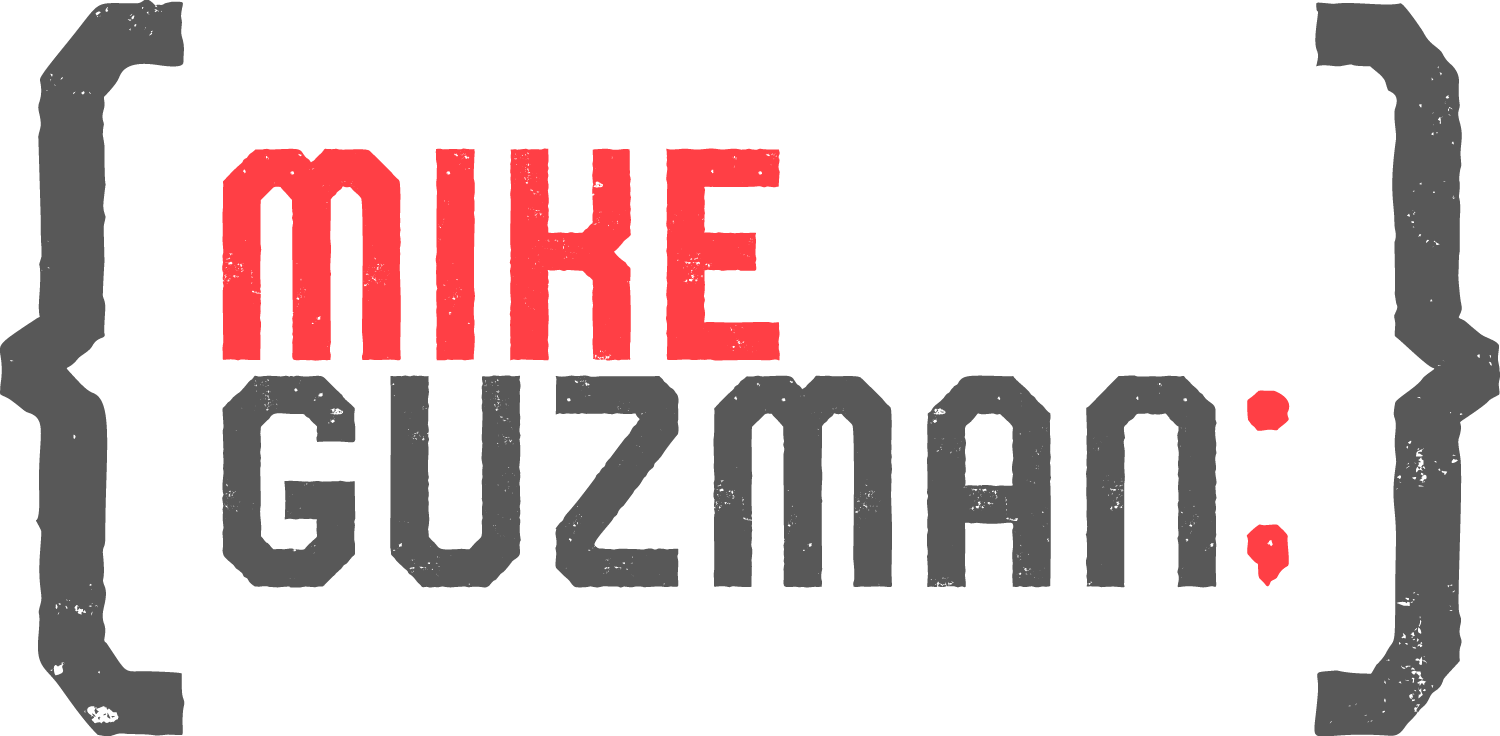Programming fundamentals encompass a wide range of concepts, but two key areas are understanding the basic principles of programming and knowing about the different types of memory used in computer systems. Here’s an overview:
Basic Principles of Programming
- Variables and Data Types: These are the basic units for storing data. Data types such as integers, floating-point numbers, characters, and strings define the kind of data that can be stored.
- Control Structures: These include conditional statements (like
if,else) and loops (likefor,while) that control the flow of the program based on certain conditions. - Functions/Methods: Blocks of code that perform a specific task and can be reused. They help in modularizing the code.
- Data Structures: Ways to organize and store data efficiently, like arrays, lists, stacks, queues, trees, and graphs.
- Object-Oriented Programming (OOP): A paradigm that uses “objects” – data structures consisting of data fields and methods together with their interactions – to design applications and computer programs.
- Error Handling: Techniques to handle runtime errors and exceptions to ensure the stability of the program.
- Algorithm Development: Creating efficient algorithms to solve problems, focusing on performance in terms of time and memory usage.
Types of Memory in Computer Systems
- RAM (Random Access Memory): It’s the main memory used by a computer to store data for running applications. Data in RAM is volatile, meaning it’s lost when the power is turned off.
- ROM (Read-Only Memory): Non-volatile memory that holds instructions for starting up the computer. It cannot be easily altered or rewritten.
- Cache Memory: A smaller, faster type of volatile memory that stores copies of data from frequently used main memory locations for faster access.
- Virtual Memory: A memory management capability of an operating system that uses both hardware and software to allow a computer to compensate for physical memory shortages, by temporarily transferring data from random access memory to disk storage.
- Flash Memory: A type of non-volatile memory that is used for storage and transfer of data in devices like USB flash drives, SSDs, and memory cards.
- Registers: Small, fast memory locations in the CPU designed to hold data that is immediately needed for execution.
- Hard Drive Storage: Although not typically classified as ‘memory’ in the traditional sense, hard drives and SSDs are used for long-term data storage.
Understanding these fundamentals lays a solid foundation for delving deeper into more advanced programming concepts and computer architecture.
